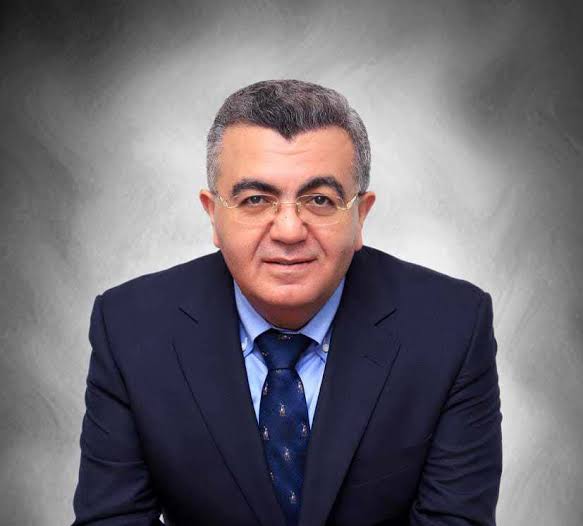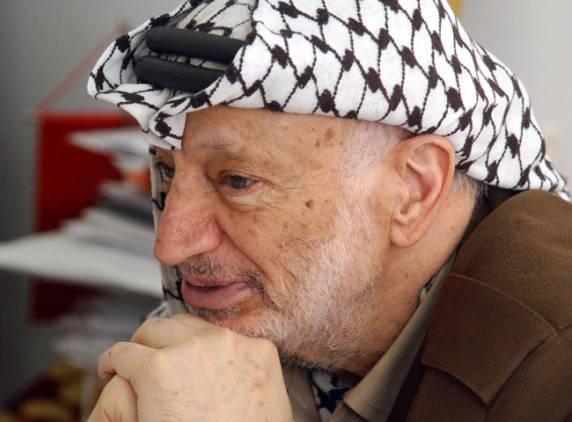In continuation of the previous analysis, there is no inconsistency in Israel’s stance toward developments in Syria. From the outset of the Syrian crisis and the potential fall of Bashar al-Assad’s regime, Tel Aviv has closely scrutinized the new ruling authority in Damascus. Although the regime emerged from a background marked by jihadism and associations with terrorism, Israel has consistently approached these designations with calculated pragmatism. What matters most to Israeli policymakers are actions and outcomes on the ground. As such, Israel has shown no objection to engaging with a regime that may be labeled as “terrorist,” provided it safeguards Israeli interests and security—and as long as its militancy is directed elsewhere.
It is worth noting that this understanding was part of early negotiations between Israel, the United States, and Türkiye prior to Ahmad Al-Sharaa replacing Bashar al-Assad. This context perhaps explains Israeli Prime Minister Benjamin Netanyahu’s lack of opposition to lifting U.S. sanctions on the new regime—viewing Al-Sharaa as someone who understands his limits and what is expected of him.
From the outset, Netanyahu made it clear that the Druze minority in Syria enjoys Israel’s full support and protection, and any violations against them would be deemed unacceptable. His justification lies in Israel’s historic and social ties to the Druze communities inside Israel and the Golan Heights. For perspective, over 30% of Israel’s military is composed of Druze recruits. Any persecution of the Druze in Syria would therefore pose not only a political embarrassment but also a serious security and military concern for Israel.
Meanwhile, Netanyahu continues to battle internal political crises that threaten his entire political trajectory. Although his position somewhat improved following military strikes on Iran, he may still need to show moderate flexibility to broaden international support regarding the ongoing crises in Gaza and Lebanon. At such a volatile time, opening a new front with Syria could be politically unwise. Hence, the Israeli response—targeting the Syrian Army General Command headquarters in Damascus, just meters from the presidential palace—served as a calculated deterrent. Within minutes, Ahmad Al-Sharaa announced an agreement with Druze leaders in Suweida, vowing to prosecute those responsible for the violations that occurred during the two-day crisis.
As the regional situation grows more complex, various countries are positioning themselves according to their own agendas. Qatar and Türkiye continue to support the new regime and wish to preserve its stability. Conversely, countries like China and Russia, with vested interests in Syria, are waiting for clarity to formulate their strategic vision—one that may not align with the ambitions of Doha and Ankara. Iran, on the other hand, is seeking to regain lost ground after the collapse of Assad’s rule forced its militias and IRGC members to flee Syria for Iraq. Tehran may seek to capitalize on the conflict in Suweida to revive illicit trade routes—whether through Captagon trafficking or arms smuggling via Iraq.
As noted, Netanyahu is handling the post-Assad phase with realism. He views the current Syrian leadership as a one-man show led by Abu Mohammad Al-Julani, who has declared himself president and appointed government officials—many of whom are former jihadist commanders from Idlib. The same applies to the army, police, education system, and other state structures. There is no issue, from Netanyahu’s perspective, in token representation of other minorities to soften the regime’s image, as long as the overwhelming Sunni majority—which shares Al-Julani’s ideology—remains dominant.
This Sunni majority, having endured decades of brutal suppression at the hands of the Alawite minority and the Ba’ath Party under Assad father and son, is now driven by a clear ambition to end minority rule, disarm them, seize their assets, and reduce them to protectorates under a Sunni jihadist state. Julani is pursuing this vision through systematic violence and terror, targeting minorities with deliberate massacres. The lack of formal investigations, accountability, or even transparent reports—despite Al-Sharaa’s repeated promises—speaks volumes about the intent behind these crimes.
Beyond the specific commitment to the Druze in southern Syria, Israel sees a grave and tangible threat in the emergence of a new regime grounded in jihadist and ISIS-like principles. The deployment of elite Syrian military units—known as the “Red Gangs”—to the Druze city of Suweida is seen as a major escalation. These specialized forces, commanded directly by Ahmad Al-Sharaa, are the military backbone of the new regime. Regional intelligence sources indicate that the Red Gangs are tasked with high-risk operations, including deep infiltration missions and complex urban warfare scenarios.
In this fluid political context, Syria under Al-Sharaa could quickly descend into chaos. Without a strong central authority, the likelihood of another civil war is high. Moreover, hastily crafted solutions—designed merely to appease Tel Aviv and preserve the regime—may paradoxically accelerate the collapse. The agreement announced shortly after the Israeli strike on the Republican Palace and Army HQ in Damascus, which called for the withdrawal of Syrian forces from Suweida and the handover of local security to the Druze community, amounted to a near-official declaration of autonomy. What complicates matters further is that Druze religious leadership is now demanding the reopening of roads to Kurdish-controlled areas in northern and eastern Syria. This points to a potential redrawing of Syria’s sectarian and ethnic map, with the Suweida deal encouraging other groups to seek similar autonomy—a fast track to full-scale civil conflict.
Although Israel remains the dominant power in the Syrian equation and the final decision-maker in most developments, the current trajectory presents a serious challenge to Tel Aviv. The uncontrolled situation could lead to the emergence of a Hamas-style or Hezbollah-like entity—this time on Israel’s Syrian border. If Israel fails to act decisively, it could face catastrophic scenarios akin to those of October 7, 2023, or find itself dragged into a prolonged war of attrition with radical Islamist factions in Syria.
This may also trigger a strategic reassessment in Washington and among key regional actors who had previously invested in or backed figures like Al-Sharaa or Julani as potential models for post-conflict governance across other conflict zones in the Middle East—such as Yemen, Libya, and Sudan.
All the above are not mere speculations, but critical facts that must be taken into account in understanding what lies ahead.
Dr. Hatem Sadek: Professor at Helwan University


